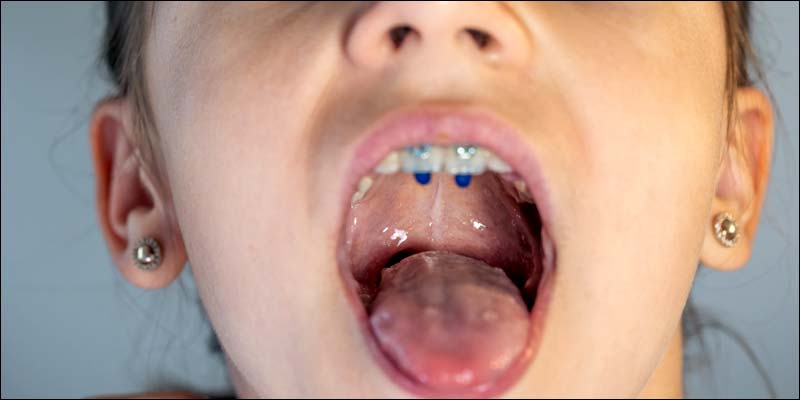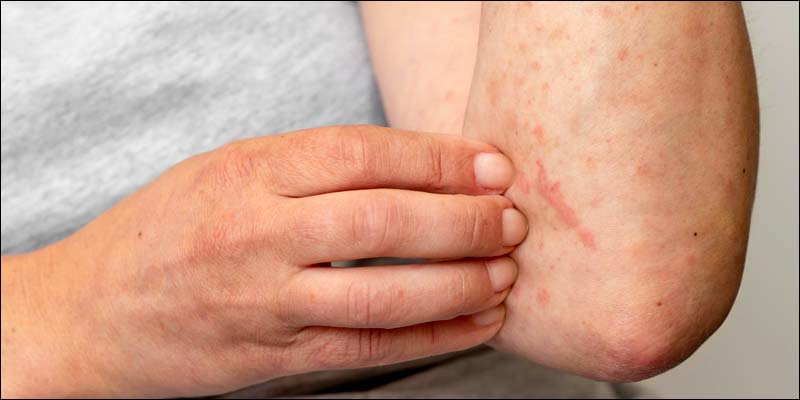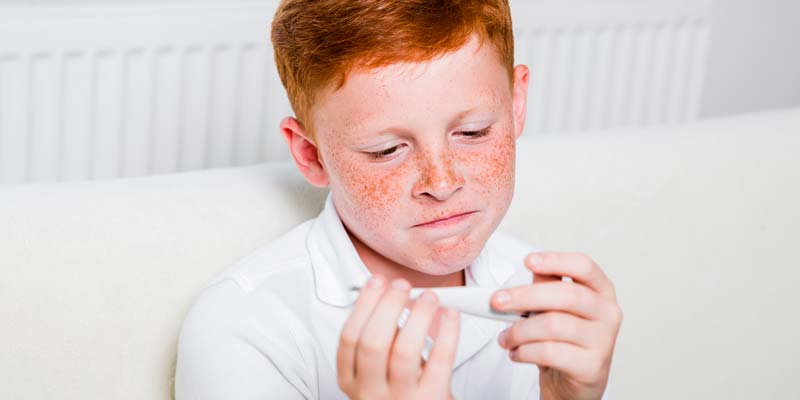Hand Foot Mouth Disease (HFMD) is a common viral illness that predominantly affects young children, though it can occasionally impact adults. Despite its widespread prevalence, many parents and caregivers may not fully understand the disease, its symptoms, causes, and preventive measures. This blog aims to provide a comprehensive overview of HFMD, empowering readers with the knowledge to recognize, manage, and prevent this condition.
What is Hand Foot Mouth Disease?
Hand Foot Mouth Disease is a contagious viral infection caused primarily by the coxsackievirus. This illness is characterized by a distinctive rash and sores, particularly affecting the hands, feet, and mouth, hence its name. Although HFMD is generally mild, it can cause discomfort and concern, particularly among parents of young children.
Foot and Mouth Disease Symptoms

Understanding the symptoms of HFMD is crucial for early detection and management. The symptoms typically appear within three to six days after exposure to the virus. Common symptoms include:
- Fever: One of the first signs of HFMD is a sudden fever.
- Sore Throat: Accompanied by a fever, a sore throat often develops.
- Painful Mouth Sores: Red spots that blister can appear on the tongue, gums, and inside of the cheeks.
- Skin Rash: A non-itchy rash, usually on the hands and feet, which may develop into blisters.
- Loss of Appetite: The discomfort from mouth sores can lead to reduced appetite.
- Irritability: Young children may become irritable due to the discomfort caused by the sores and fever.
Causes of Hand Foot Mouth Disease
HFMD is caused by viruses from the Enterovirus family, most commonly the coxsackievirus A16. The disease is highly contagious and spreads through person-to-person contact, including:
- Respiratory Droplets: Coughing and sneezing can release droplets containing the virus.
- Contact with Contaminated Surfaces: Touching surfaces or objects contaminated with the virus.
- Fecal-Oral Transmission: Inadequate handwashing after using the bathroom can spread the virus.
- Close Personal Contact: Hugging, kissing, and sharing utensils with an infected person.
Risk Factors for HFMD
Certain factors increase the risk of contracting HFMD, including:
- Age: Children under the age of 5 are most susceptible due to their developing immune systems.
- Close Contact: Environments like daycare centers, preschools, and playgrounds facilitate the spread.
- Season: HFMD is more common in summer and early autumn.
- Weakened Immune System: Individuals with weakened immune systems are at higher risk.
Diagnosis of Hand Foot Mouth Disease
Diagnosing HFMD typically involves a physical examination by a healthcare provider. The diagnosis is often based on the distinctive symptoms and rash. In some cases, the doctor may take a throat swab or stool sample to identify the virus. Laboratory tests are usually unnecessary unless the symptoms are severe or there is uncertainty in the diagnosis.
Hand Foot Mouth Disease Treatment

There is no specific antiviral treatment for HFMD. Instead, the focus is on symptomatic relief and supportive care:
- Pain Relievers: Over-the-counter medications like acetaminophen or ibuprofen can help reduce fever and relieve pain.
- Hydration: Encouraging fluid intake is crucial to prevent dehydration, especially in children.
- Topical Anesthetics: Mouthwashes or sprays can relieve the pain of mouth sores.
- Soft Foods: Offering soft, easy-to-swallow foods can help maintain nutrition without aggravating mouth sores.
Home Care Tips for Managing HFMD
Managing HFMD at home involves several practical steps to alleviate discomfort and prevent the spread of the virus:
- Maintain Hygiene: Regular handwashing with soap and water is essential.
- Disinfect Surfaces: Frequently clean and disinfect common areas and toys.
- Isolate the Infected Individual: Keep the infected person away from school or daycare to prevent the spreading of the virus.
- Use Cooling Solutions: Popsicles and cold drinks can soothe mouth sores.
Preventing Hand Foot Mouth Disease
Preventing HFMD involves adopting several hygienic practices to reduce the risk of infection:
- Frequent Handwashing: Teach children to wash their hands thoroughly and often.
- Avoid Close Contact: Minimize contact with infected individuals.
- Disinfect Frequently Touched Surfaces: Regular cleaning of surfaces and toys can help.
- Proper Disposal of Tissues: Dispose of used tissues promptly and hygienically.
- Educate and Inform: Inform caregivers and teachers about the signs and prevention methods of HFMD.
When to Seek Medical Attention
While HFMD is generally mild, certain symptoms warrant medical attention:
- High Fever: A fever above 102°F (39°C) that persists.
- Severe Mouth Sores: Sores that prevent drinking fluids, leading to dehydration.
- Neurological Symptoms: Unusual drowsiness, headaches, or neck stiffness.
- Persistent Symptoms: Symptoms that worsen or do not improve after several days.
Complications of HFMD
Although rare, HFMD can lead to complications in some cases:
- Dehydration: Due to painful mouth sores, leading to reduced fluid intake.
- Viral Meningitis: An inflammation of the membranes covering the brain and spinal cord.
- Encephalitis: A severe inflammation of the brain, though extremely rare.
- Nail Loss: Temporary nail loss has been reported in some cases following HFMD.
Myths and Misconceptions about HFMD
There are several myths and misconceptions about HFMD that need to be clarified:
- HFMD is Not a Serious Illness: While usually mild, it can be serious in rare cases.
- Only Children Get HFMD: Adults can also contract the virus, though it is less common.
- Vaccines Can Prevent HFMD: Currently, there is no vaccine available for HFMD.
- HFMD Only Spreads Through Direct Contact: The virus can also spread through contaminated surfaces and respiratory droplets.
Conclusion
Hand Foot Mouth Disease is a common and contagious viral illness that primarily affects young children. Understanding its symptoms, causes, and preventive measures is crucial for effective management and control. By adopting good hygiene practices and being aware of the signs, parents and caregivers can help prevent the spread of HFMD and ensure the health and well-being of their children. Although HFMD is usually mild, it is important to monitor symptoms and seek medical attention if necessary. With proper care and preventive measures, the impact of HFMD can be minimized.
FAQs
Q1. How long is hand foot mouth disease contagious?
Your child is most contagious during the initial days of the illness, often before the rash emerges. The blisters typically dry up within about 10 days, and once they do, your child is less likely to spread the disease. However, the virus can remain in their stool for weeks even after the rash has disappeared.
Q2. What is the main cause of hand, foot, and mouth disease?
Hand-foot-and-mouth disease is primarily caused by a coxsackievirus. There is no specific treatment for the disease. Regular hand-washing and avoiding close contact with infected individuals can help reduce the risk of your child contracting the infection.

